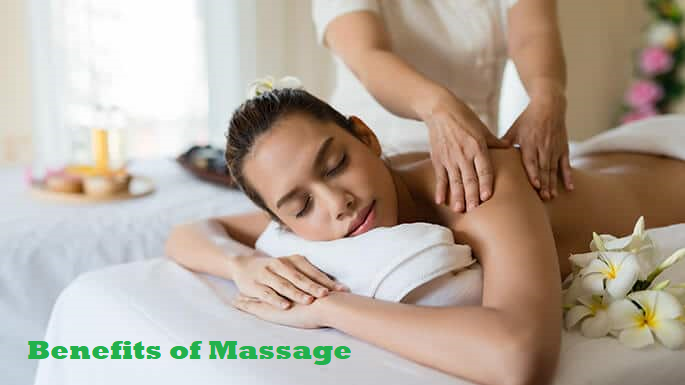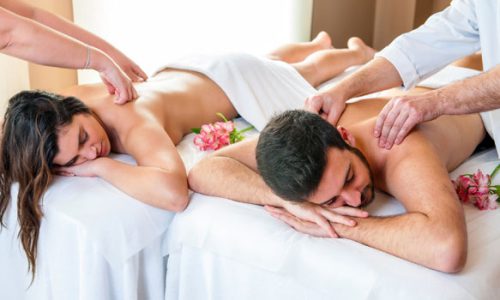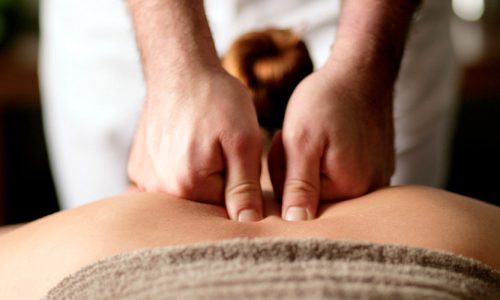Relaxation Redefined: Exploring Different Types of Massage
Introduction
In our fast-paced world, finding ways to relax and unwind is crucial for maintaining overall well-being. One of the most effective methods of relaxation is through massage therapy. Massages have been practiced for centuries and offer a multitude of benefits for the body and mind. In this article, we will delve into the world of massage therapy, exploring its origins, the benefits it offers, and the various types of massages available to cater to individual needs.
Table of Contents
Understanding Massage

1.1 What is Massage?
Massage is a therapeutic practice that involves manipulating the body’s soft tissues, including muscles, tendons, ligaments, and connective tissues. Skilled therapists use various techniques to apply pressure, knead, and rub these areas to promote relaxation, relieve tension, and alleviate pain.
1.2 Brief History of Massage
Massage has a rich history dating back thousands of years. It has been practiced in different cultures around the world, including ancient China, Egypt, India, and Greece. The techniques and purposes of massage have evolved over time, but its essence remains the same—to promote healing and well-being.
Benefits of Massage

2.1 Physical Benefits
Regular massages offer numerous physical benefits. They help improve blood circulation, reduce muscle tension, enhance flexibility, and alleviate pain and stiffness. Massage therapy can also aid in improving posture, boosting the immune system, and reducing the risk of injury.
2.2 Mental and Emotional Benefits
In addition to physical benefits, massages have significant mental and emotional advantages. They promote relaxation, reduce stress and anxiety, improve sleep quality, and enhance overall mood and well-being. Massage therapy can provide a much-needed escape from the demands of daily life, allowing individuals to recharge and rejuvenate.
Different Types of Massage
The world of massage therapy offers a wide range of techniques and modalities, each with its unique characteristics and benefits. Here are some popular types of massages:

3.1 Swedish Massage
Swedish massage is one of the most commonly practiced forms of massage therapy. It involves long, gliding strokes, kneading, and circular motions to relieve muscle tension, improve circulation, and induce relaxation.
3.2 Deep Tissue Massage
Deep tissue massage focuses on targeting the deeper layers of muscles and connective tissues. It utilizes intense pressure and slower strokes to release chronic muscle tension, break down scar tissue, and promote pain relief.
3.3 Hot Stone Massage
Hot stone massage involves placing heated stones on specific points of the body. The warmth of the stones helps relax muscles, improve blood flow, and promote a sense of deep relaxation. This type of massage is particularly beneficial for individuals with muscle aches and tension.
3.4 Thai Massage
Originating from Thailand, Thai massage combines assisted yoga stretches, acupressure, and rhythmic compressions. It helps improve flexibility, relieve muscle tension, and restore energy flow throughout the body.
3.5 Shiatsu Massage
Shiatsu massage is a Japanese technique that focuses on applying pressure to specific points on the body. This practice aims to balance the body’s energy, promote relaxation, and relieve stress and tension.
3.6 Aromatherapy Massage
Aromatherapy massage combines the benefits of massage therapy with the use of essential oils. The therapist selects specific oils based on the individual’s needs, enhancing the overall massage experience and promoting relaxation and well-being.
3.7 Sports Massage
Sports massage is designed for athletes and individuals engaged in physical activities. It helps prevent injuries, improve performance, and aid in post-workout recovery. Sports massage techniques can vary depending on the specific sport and the athlete’s requirements.
3.8 Pregnancy Massage
Pregnancy massage is tailored specifically for expectant mothers, addressing the unique needs and discomforts associated with pregnancy. It helps alleviate back pain, reduce swelling, and promote relaxation for both the mother and the baby.
Choosing the Right Massage for You
When selecting a massage, it’s important to consider your specific needs and preferences. Factors such as desired level of pressure, areas of focus, and overall goals should be taken into account. Consulting with a qualified massage therapist can help you determine the most suitable type of massage for your individual requirements.
Conclusion
Massage therapy offers a myriad of benefits for the body and mind, providing a pathway to relaxation and overall well-being. Whether you’re seeking physical relief, stress reduction, or simply a moment of tranquility, the different types of massages available cater to diverse needs. By understanding the various techniques and choosing the right massage for you, you can embark on a journey of relaxation redefined.
FAQs
1. How often should I get a massage?
The frequency of massages depends on individual needs and preferences. Some individuals benefit from regular weekly or monthly sessions, while others may find that bi-weekly or occasional massages suffice. It’s best to consult with a massage therapist to determine a suitable schedule based on your specific circumstances.
2. Are there any side effects of massage therapy?
Massage therapy is generally safe and well-tolerated. However, some individuals may experience temporary soreness, fatigue, or mild discomfort after a massage. These effects are usually short-lived and give way to the long-term benefits of the therapy.
3. Can anyone receive a massage?
Most people can receive massages, but certain medical conditions or situations may require precautions or adjustments. It’s important to inform your massage therapist about any existing health conditions, injuries, or concerns before the session to ensure a safe and effective experience.
4. How should I prepare for a massage session?
To prepare for a massage, it’s recommended to arrive well-hydrated, wear comfortable clothing, and communicate any specific areas of focus or preferences to your therapist. It’s also advisable to avoid eating a heavy meal before the session to enhance comfort during the massage.
5. Is it necessary to undress completely for a massage?
The level of undress during a massage is a personal choice. Massage therapists are trained to ensure client comfort and modesty at all times. Most massages are performed with the client undressed to their level of comfort, and appropriate draping techniques are used to maintain privacy and warmth.




